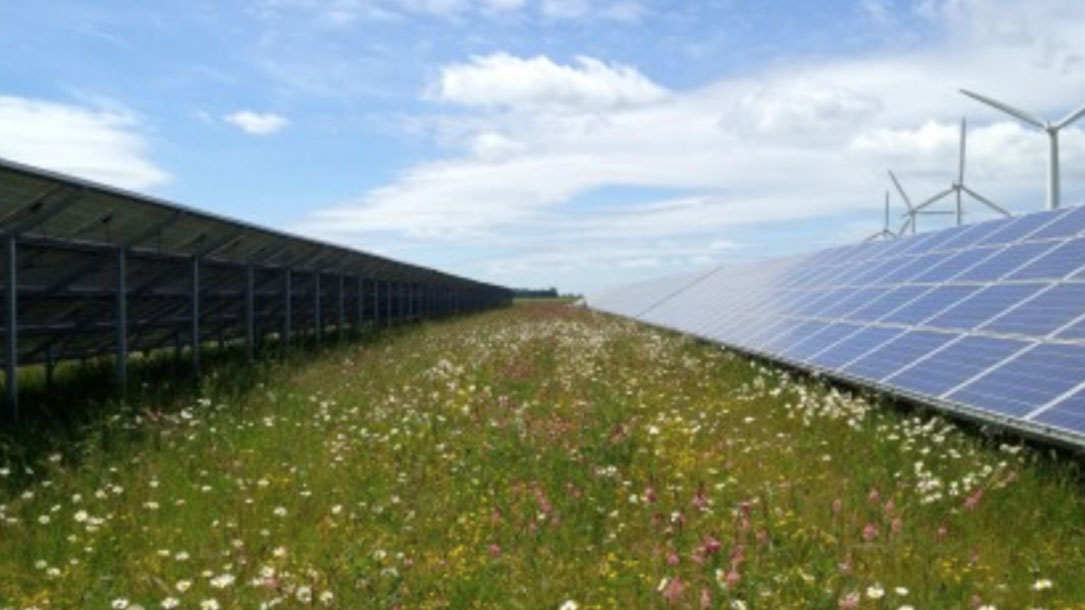
A Practitioner’s Guide to Pollinator-Friendly Solar Development
This toolkit provides background on pollinator-friendly solar and its advantages, and tips, resources, and important considerations to kick-start the integration of pollinator habitat into a solar development portfolio.
In addition to the diverse environmental benefits that pollinator-friendly solar projects can produce, there are an array of private benefits for solar developers to reap from planting perennial vegetation under their solar panels.
The guide offers a set of best practices for understanding local context, building support for a project, designing a site, financing, and development…
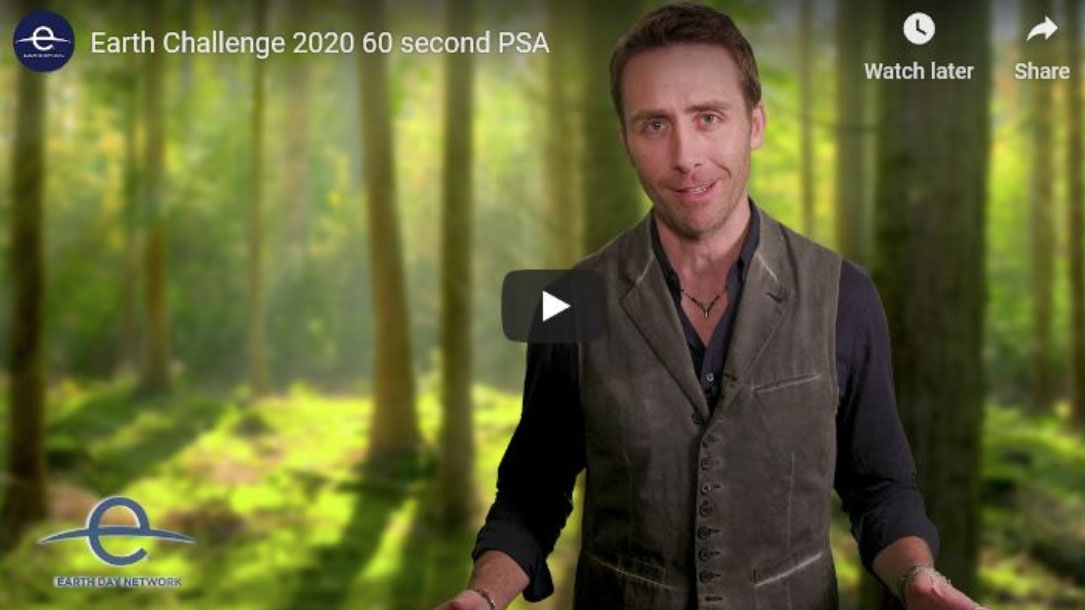
You and your land trust can be part of a new initiative for Citizen Science
Fifty years ago, Earth Day became the largest people’s protest in the history of the world.
And we changed the world for the better, by creating clean air and clean water laws—with the help of scientists, policy leaders, and a movement that couldn’t be stopped.
Today’s environmental threats of extreme climate change, pollution to our air and water can feel overwhelming…but together, with people like you and the land trust community, we can provide change and hope.
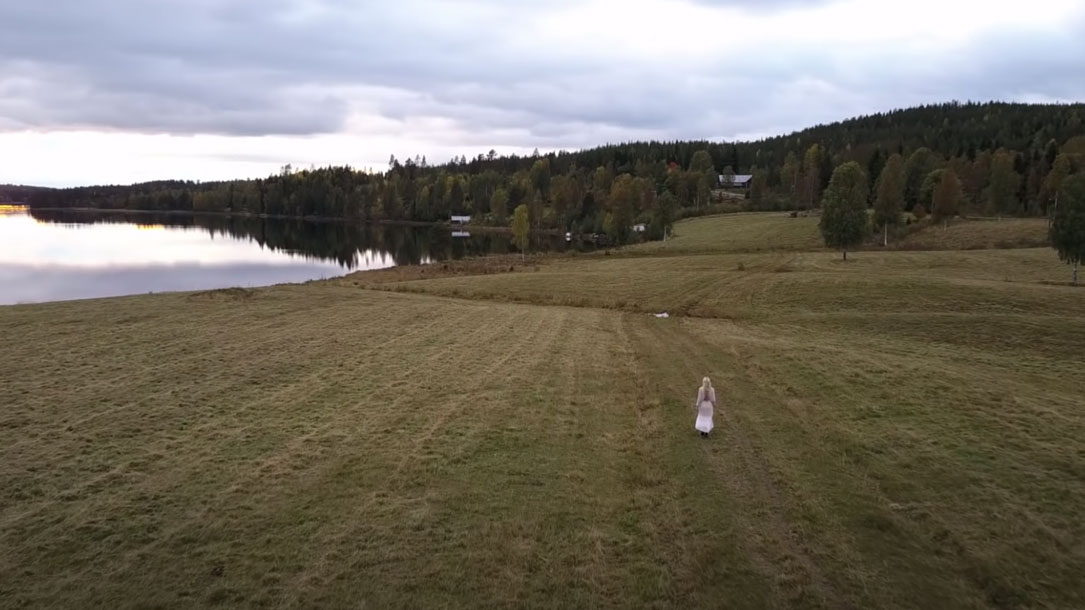
The spellbinding Swedish song that calls cows home
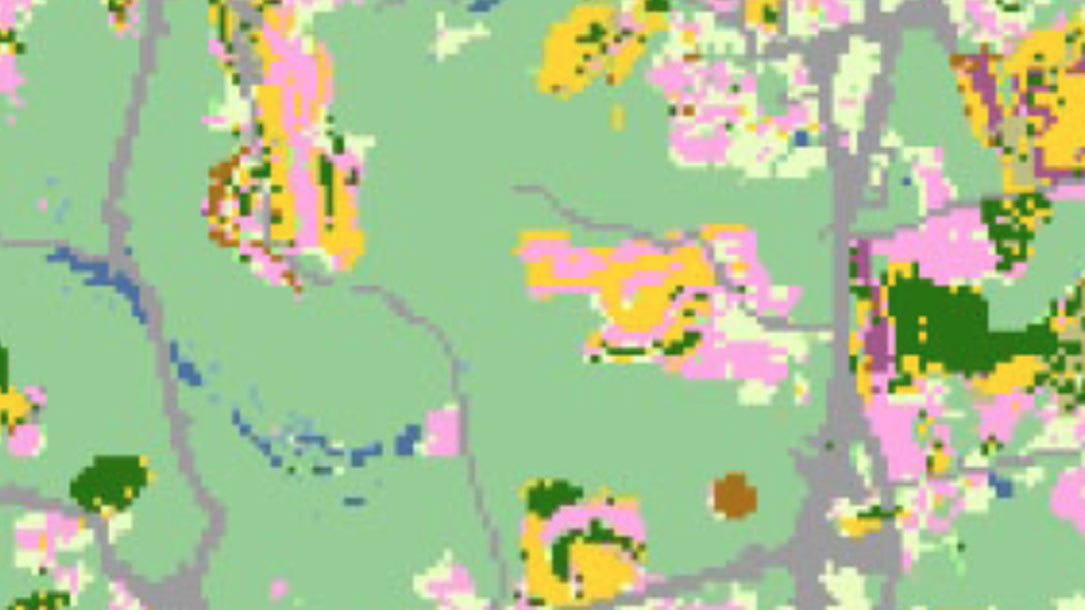
Get a bee’s eye view of your landscape
Managed honey bees and wild bees travel long distances from their nests to find food and water. What are your bees experiencing during their journey? This tool will help you understand how the landscape surrounding your apiary, garden, or farm stacks up in terms of floral resources bees can find, the insecticides they encounter, and for wild bees, the nesting sites that are available.
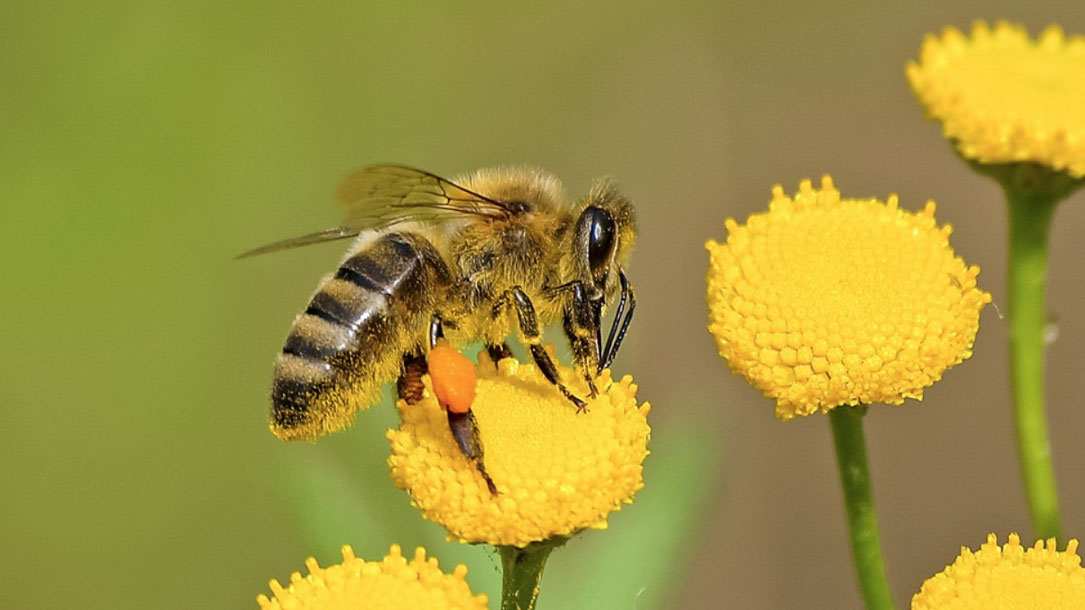
Introducing Beescape: A new online tool and community to support bees
A new online tool and community, called Beescape, enables beekeepers, or anyone interested in bees, to understand the specific stressors to which the bees in their managed hives, home gardens, or farms are exposed, according to researchers at Penn State…
“With data provided by beekeepers from agricultural, rural, and urban landscapes across multiple states, we will be able to develop high-quality predictive models that will be included in the website in the future,” said Melanie Kammerer Allen, graduate student in ecology at Penn State, who is involved in the project.
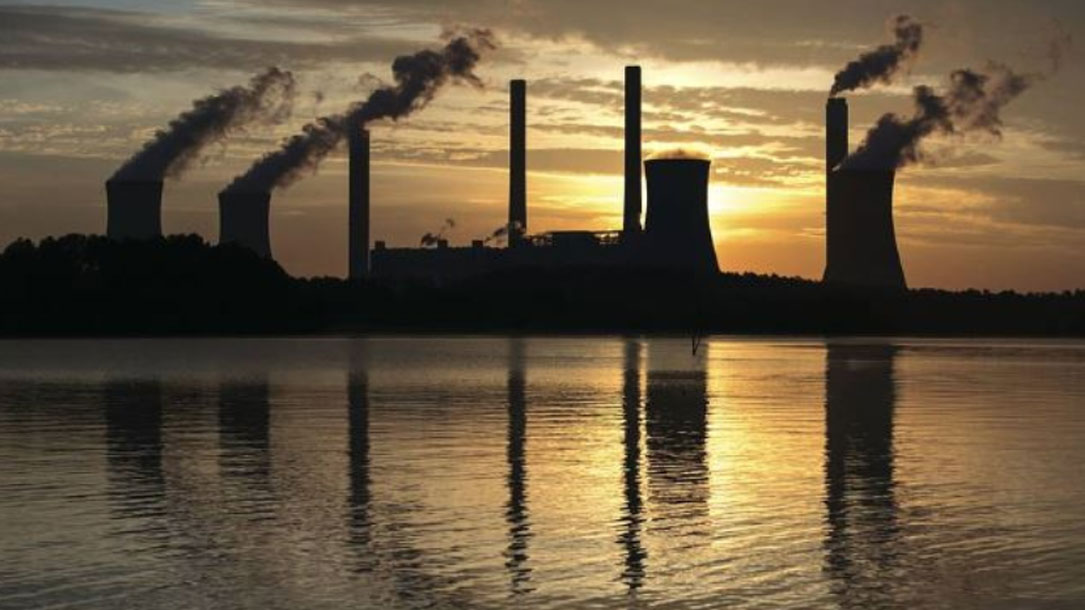
Your land trust has a chance to be strategic and proactive
Calls for decarbonization are now coming from the boardrooms and executive suites of the world’s largest corporations and investment funds, in a fast-moving change that could reshape the global energy system and economy. Listen to why investment firms and companies are divesting.
I’ll be posting more about alternatives, but in the meantime, check out PIMCO’s climate investment funds.
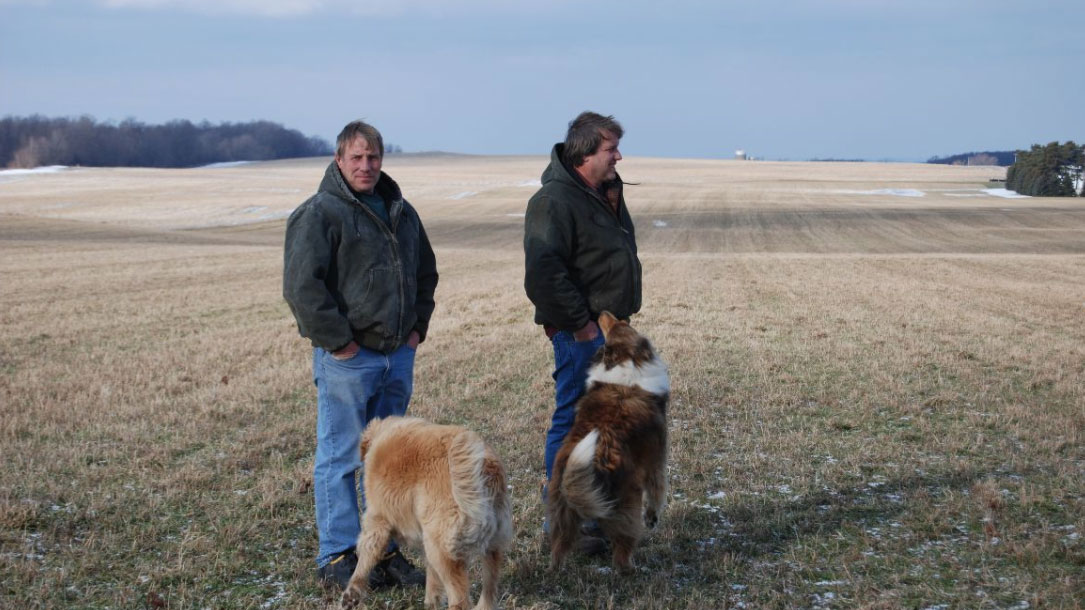
Effective Communications: The power of reframing
Reframing, as Steve explains it, hinges on “deeper listening, connecting on values, and finding a better frame for productive collaboration.” At its core, there are four main steps to the reframing process when we are in dialogue with someone who may oppose our ideas.
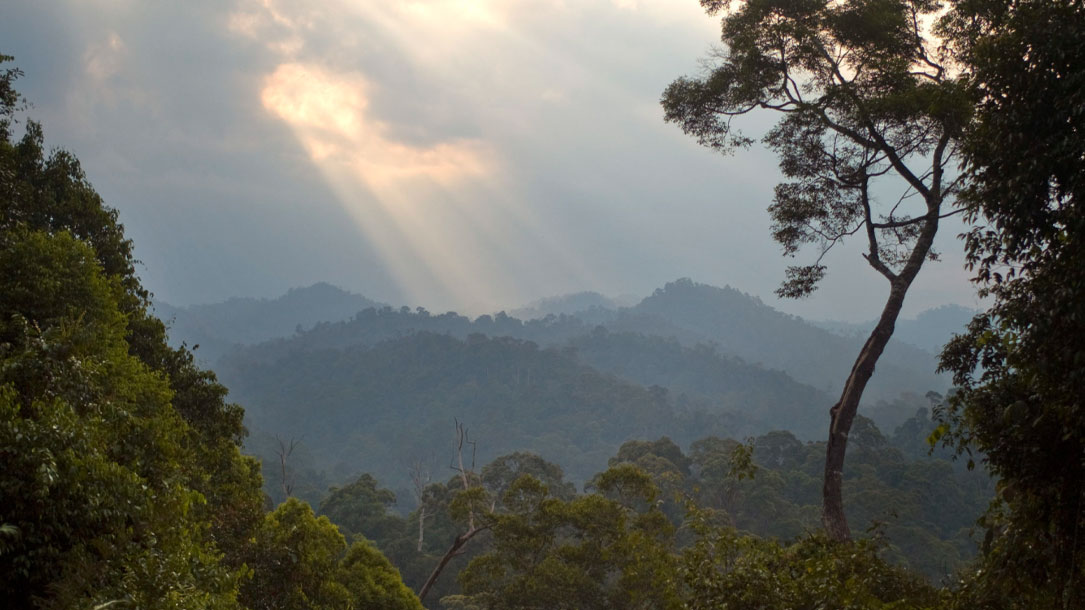
Nature’s sleeping giant
Climate change is a global problem, and it requires solutions on a global scale. One of those is hiding in plain sight. Our lands provide an untapped opportunity – proven ways of both storing carbon and reducing carbon emissions in the world’s forests, grasslands and wetlands: natural climate solutions.
Natural climate solutions can help address climate change in three ways:
- Reducing greenhouse gas emissions, such as carbon dioxide (CO2), related to land use and changes in land use
- Capturing and storing additional carbon dioxide from the atmosphere
- Improving resilience of ecosystems, thereby helping communities adapt to the increase in flooding and dry spells associated with climate change…

Climate Change: Atmospheric Carbon Dioxide
“In fact, the last time the atmospheric CO2 amounts were this high was more than 3 million years ago, when temperature was 2°–3°C (3.6°–5.4°F) higher than during the pre-industrial era, and sea level was 15–25 meters (50–80 feet) higher than today.
Carbon dioxide concentrations are rising mostly because of the fossil fuels that people are burning for energy. Fossil fuels like coal and oil contain carbon that plants pulled out of the atmosphere through photosynthesis over the span of many millions of years; we are returning that carbon to the atmosphere in just a few hundred years…”
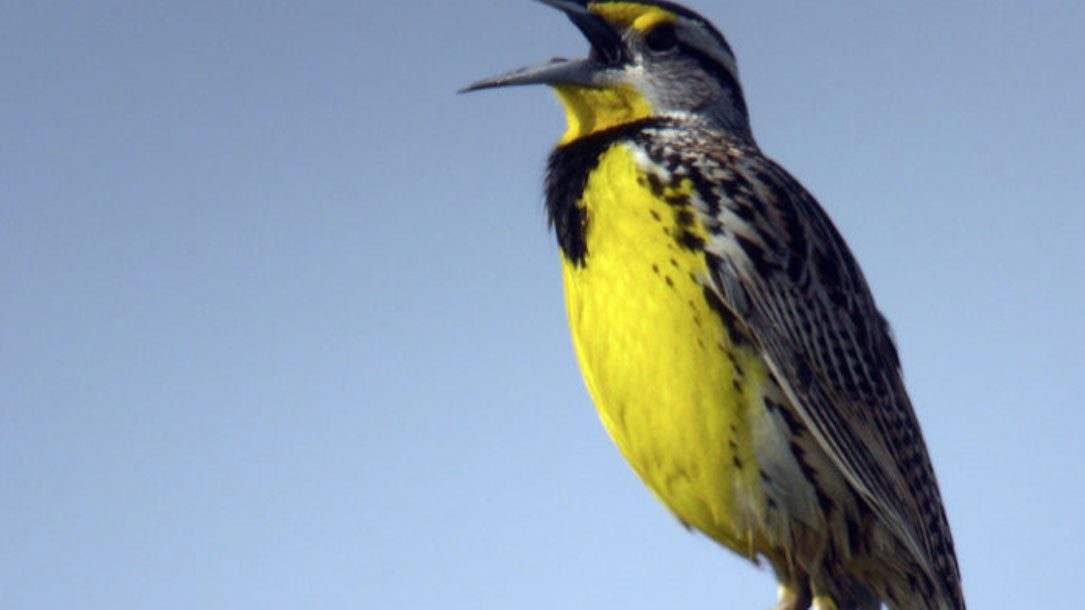
The mystery of why 2.9 billion birds have disappeared from the US in 50 years
“The news dropped like a bombshell. Over the past 50 years, 2.9 billion birds have disappeared from North America. One out of every four birds is gone. A team of international scientists under the auspices of the Cornell Lab of Ornithology analyzed the data and released their findings this summer. What on earth happened?
It’s complicated. The simplest answer is that humans just take up a lot of room. Fifty years ago, the U.S. population barely topped 200,000,000. Nowadays, there are more than 329,000,000 of us…”












